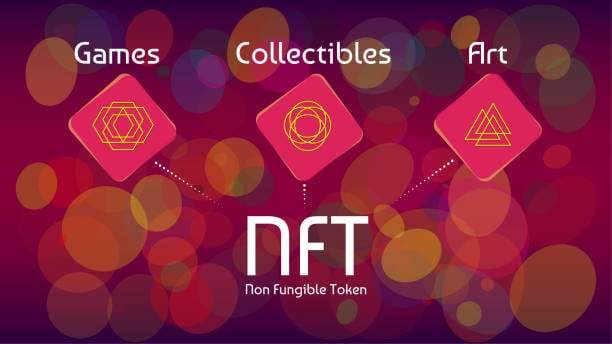During the crypto crash that happened in May 2021, data shows that users have been acquiring, trading, and selling about 85,787 non-fungible tokens (NFTs) on average with a cumulative value of $5.8 million per day. That is a growth of 277% compared to January this year. This amount of trading volume was seen to happen as the token prices plunged by 30% to 50%.
Back in January, there was an average of 21,815 NFT sales daily happening across Flow, Ethereum, and Wax. As of May 26, 2021, this average had increased to 82,373. Notably, this number was a bit higher during the cryptocurrency market crash, with an average of 93,809 NFTs exchanging hands every day.
This market information indicates that the NFT market appears to be resilient to crypto price dips. Between May 12 and May 23, the prices of almost all cryptos available on the market were in a major downside trend. Most prices were slashed by 50% during this period.
Nonetheless, during these times when bears dominate, decentralized applications on the blockchain seem to have strong utility. The NFT marketplaces and exchanges like Uniswap kept business going normally, even when centralized institutions like Coinbase could not handle the massive traffic and consumer panic.
Marketplace Activity Continued
Not every NFT that is sold is a $10,000 artwork. NFTs come in all sizes and shapes ranging from the funny $2 collectibles to the game items, virtual real estate, and high-value artworks. But, sending the low-value NFTs on Ethereum hardly makes any sense. In some cases, the gas fees might outweigh the non-fungible token’s value.
The high gas fees charged on Ethereum have enabled the alternative blockchains to attract new audiences and products. The rapid growth and development of the Atomic Market as a leading NFT marketplace is a good example of that. Even as the value of the native WAXP token plunged, trading activities on the NFT marketplace kept thriving.
Various marketplaces on the Ethereum blockchain, including Rarible and OpenSea, were affected and limited by gas fees and experienced a plunge in the network’s activity. When the gas fees normalized, trading activity increased once more as the collectors were seeking NFTs at a discount.
Providing Some Great Perspective
The volatility that dominates the crypto space should not be ignored by any investor who wants to put their money in this market. Token prices halved in value recently. Even those that are aligned with NFT projects like AXS, MANA, and WAX have taken a major hit during this crypto crash.
The crash is not desirable for the investors that got in recently. Nevertheless, taking a good step back, it is clear that the token prices are still up by about 300% to 800% since January 2021.
When the crypto price drops massively as it happened earlier this month, this is reflected in the trading volume of NFTs. Since the downtrend started happening on May 12, the average trading volume for the non-fungible tokens is about $5.8 million per day. The average daily volume was $14.9 million in the first 11 days of the month.
Comparing these two periods shows that there is a drop of about 61% in volume, but the trading activity remained untouched. Traders, collectors, artists, and gamers continued trading, buying, and selling NFTs as if a cryptocurrency crash never happened.
What Is Different This Time Around?
There is a significant difference between the recent market dump and the previous one that took place in early 2018. The difference is utility. When the current drop is compared with what happened three years ago, there are now more products on the market that need the use of crypto tokens.
The decentralized finance (DeFi) sector is one example that features lending and trading. Others include the many virtual worlds, NFT projects, and blockchain-powered video games. The tokens and value in these markets are locked in NFTs and liquidity pools.
Other projects that operate in this budding market integrate elements of financial services into game-like experiences. Some of these projects include Alien Worlds and Aavegotchi. The Axie Infinity nation kept building on their Ronin sidechain, since they had consecutive days of at least 1 million trades every day during the price drop.
Trading is not the only way to measure and determine the success of a token economy. More products will introduce utility to the market as the development of blockchain continues. One may think that utility can make cryptocurrencies more resilient to market fluctuations. This does not mean that there will be no price swings. However, activity is expected to carry on despite these changes in value.
Additionally, as the Ethereum blockchain clogged as a result of all the panic trading, transaction fees increased steeply. The investors and traders who were ready to pay $200 for a transaction powered by Uniswap had a chance to do it. But with the rise of Wax, Flow, Polygon, Binance Smart Chain, and several other blockchain solutions, investors were presented with cheaper alternatives. In general, decentralized applications continued to function, even as the centralized platforms failed to deliver when investors needed them most.








